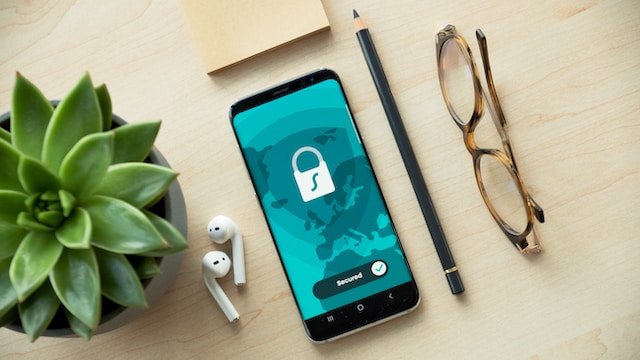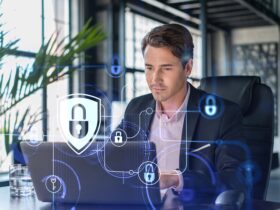This article will explore how organizations can address the unique security concerns associated with distributed workforces by leveraging modern IAM solutions for better protection against cyber adversaries and data breaches.
Remote job opportunities increased by over 1100% from March 2020 to the end of 2022. This transition to remote working has prompted organizations to prioritize the security of their systems. To achieve this, Identity and Access Management (IAM) becomes a crucial tool.
IAM solutions provide control over both employees’ access to important corporate information and accounts as well as the external threat vectors located outside of an organization’s physical boundaries.

The Role of Identity and Access Management in Securing a Remote Workforce
As remote work becomes increasingly common, identity and access management plays an essential role in securing organizations’ sensitive data. IAM solutions such as Ping Identity provide the framework necessary to ensure that only authorized personnel can access critical company information. With the help of appropriate IAM tools, companies can also ensure their remote workforce remains productive while being protected from unauthorized access to confidential information.
How to Implement an Effective IAM Strategy for Securing Remote Employees?
To better safeguard the digital assets of remote workers, it is important to implement a strong IAM strategy as the number of remote employees grows.
First and foremost, it’s crucial to thoroughly evaluate the security risks associated with remote work and tailor your IAM strategy accordingly. Additionally, providing training and education to employees on best practices for password management and identifying phishing attacks can significantly decrease your organization’s susceptibility to cyber threats.
Benefits of an IAM System for Remote Employees
An IAM system can provide remote employees with secure access to company resources, making their work more convenient and protected from data breaches or unauthorized access. It can also assist with compliance and auditing efforts, ensuring adherence to company policies and guidelines by remote workers.
Best Practices for Establishing Secure Login Systems
In the modern age of technology, it is important for businesses and organizations to establish secure login systems. As hackers continue to advance, it is necessary to focus on security measures to safeguard sensitive information.
One of the most critical steps is enforcing strong password policies. Passwords should be complex, changed frequently, and not easily guessed. Multi-factor authentication and proper system monitoring should also be implemented to prevent any unauthorized access that may pose risk to data.
By implementing these best practices, businesses can rest assured that their data and systems are secure from potential threats.

Guidelines for Managing Access Levels and Permissions
Maintaining a secure and organized system requires managing access levels and permissions, which can be a challenging task. Establishing clear guidelines regarding access to information and authorized actions is crucial.
Properly managing access levels and permissions can also increase efficiency by ensuring that employees only have access to the information they need to fulfill their job duties. By creating a well-defined system for managing access levels and permissions, organizations can protect their valuable assets and ensure that their operations run smoothly.
Tips on Choosing the Right IAM Solution for Your Organization
The market offers various IAM solutions, which makes it a daunting task to choose the suitable one for your organization. Nonetheless, you can simplify the selection process by analyzing your organization’s requirements and thoroughly evaluating the available options. It is crucial to consider factors such as scalability, ease of use, and integration capabilities when choosing an IAM solution. Investing in the right IAM solution can not only protect your organization from cyber threats but also improve efficiency and productivity.
Bottom Line
Remote work has become a necessity these days, especially with the rising trend of corporate organizations embracing the idea of remote working. However, this necessitates greater security measures to protect corporate data and resources. IAM and its related strategies, such as two-factor authentication and RBAC, are used to restrict access to specific resources within an organization only to authorized users. In conclusion, through the use of advanced IAM technologies and prudent security measures such as RBAC, companies are better prepared to handle potentially hazardous exposure scenarios and increase their ability to meet compliance protocols.











FIND US ON SOCIALS